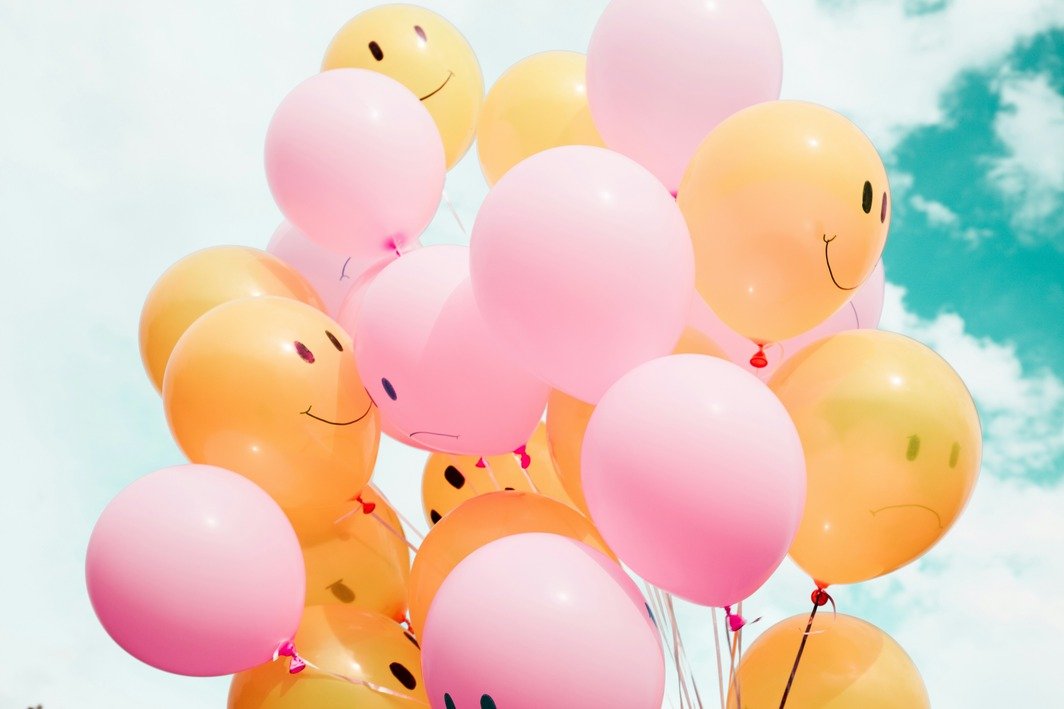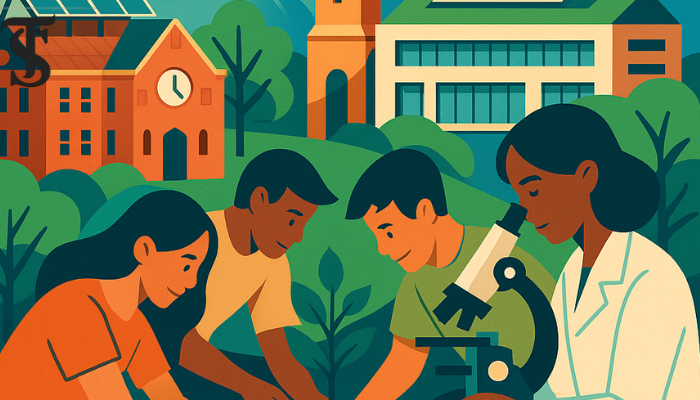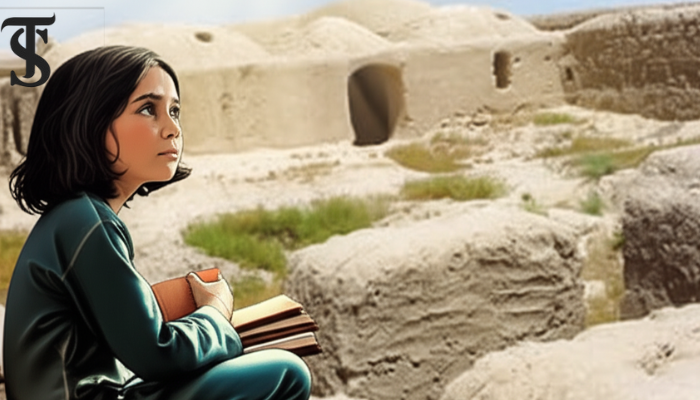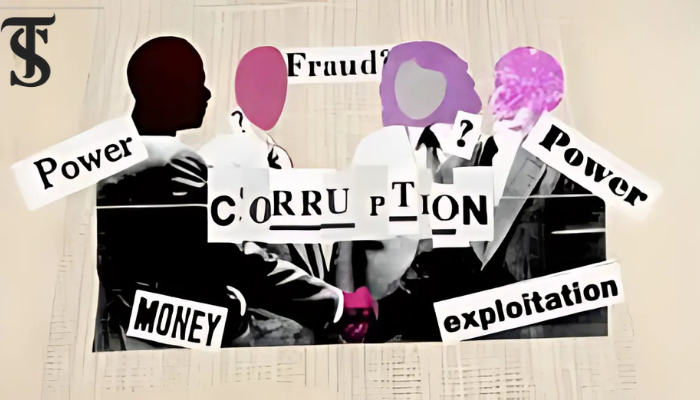The art of Smile: Contagious or Viral?

- Smiles, one of the most evolved features of Homo sapiens, can convey a wide range of emotions and create a ripple effect of joy and warmth, touching the lives of others.
- Different types of smiles include the joyful first smile of a newborn, a tearful smile when reuniting with a loved one, and a proud smile of a father seeing his child's achievements.
- Smiles act as an icebreaker in conversations and can attract more customers, demonstrating their significant social and emotional impact.
Smiles, one of the most evolved features of Homo sapiens, is still a mystery for humans. Ever observed the first smile of a newborn which brings joy to everyone in the room, or the smile so muffled that it brings tears in its holder when a loved one comes back from a long journey. Or the father’s smile when the boy earns enough to bring him gifts. Ever wondered why do we even smile in the first place when there are better options for human i.e. LANGUAGE. Why is smile the icebreaker of any conversation? Or how a smile brings more customers? And finally which is the REAL smile?
Smiles are like ripples on a pond, spreading joy and warmth to all they touch. When we smile, we toss a stone of happiness into the world, creating a chain reaction of delight that radiates outward, touching the lives of those around us. Just as ripples can travel far and wide, a single smile can spread far beyond its initial source, brightening days and lifting spirits in its wake. So, let’s keep tossing those stones and creating a sea of smiles that can change the world, one happy face at a time!
Speaking from a neurobehavioral perspective, a genuine smile, also known as a Duchenne smile, can be identified by its distinctive characteristics. A fake or forced smile typically only involves the muscles around the mouth, whereas a genuine smile engages the entire face, including the eyes. When someone is genuinely smiling, their eyes will crinkle at the corners, forming crow’s feet, and their eyebrows will slightly raise. The smile will also be more symmetrical and will often be accompanied by a sparkle in the eyes. Additionally, a genuine smile tends to be slower to develop and slower to fade, whereas a fake smile will often appear and disappear quickly. By looking for these subtle cues, you can usually tell if someone’s smile is authentic or not.
Now, go to your reels section, either on the Insta or Facebook or Snapchat or Tiktok, and look up for Genuine smiles. Almost none. The selfies, portraits and profiles are filled with smiles but not smiling in real. How frustrated we as humans have become that our smiles are merely for pleasing people or some cheap money. You may get some likes but not the liking of your true self. Like every good action, smile takes effort, but if you master the process of experiencing and feeling i.e. being mindful, smiles will become the most effortless thing. Like you giggle when watching kids play, a funny joke by a friend, your future partner accepting your proposal and getting funded for your project. Go look for acts which bring in you the art of smiling.
Smile. Smile for smiling.
The author is a student of Clinical Psychology.







One Comment